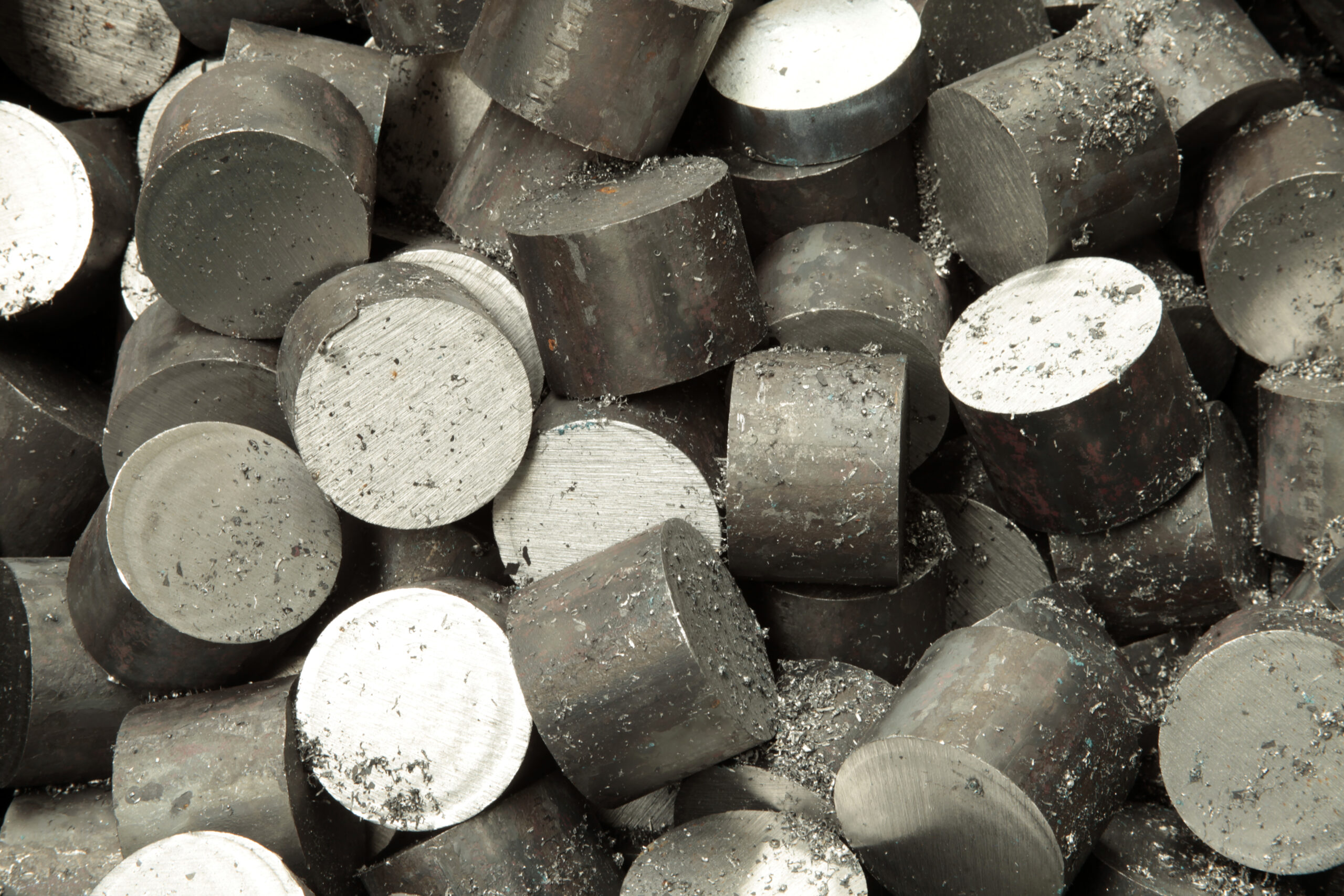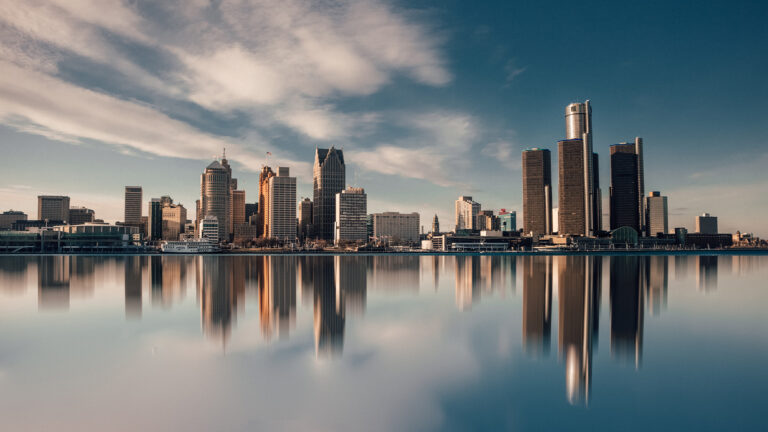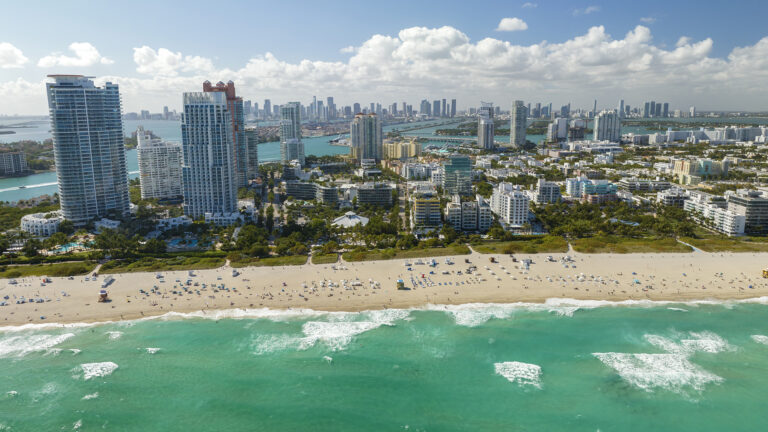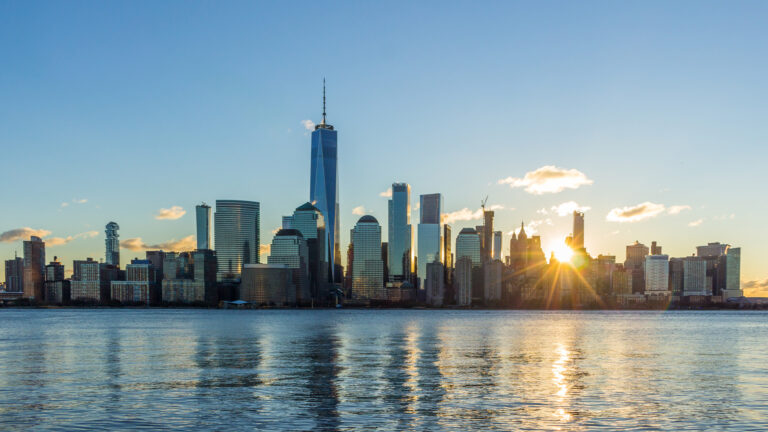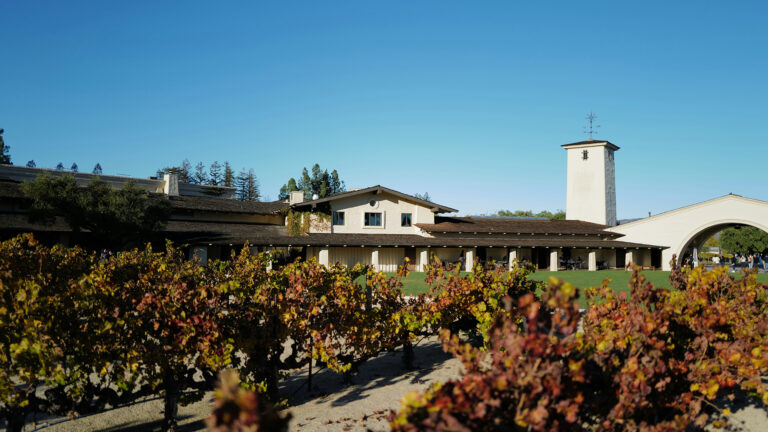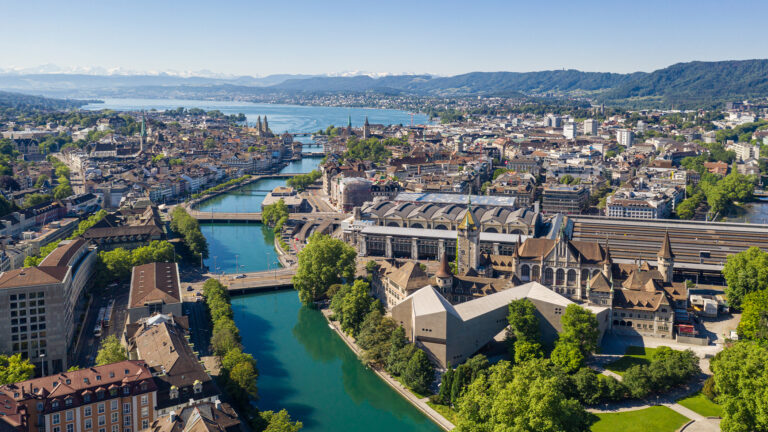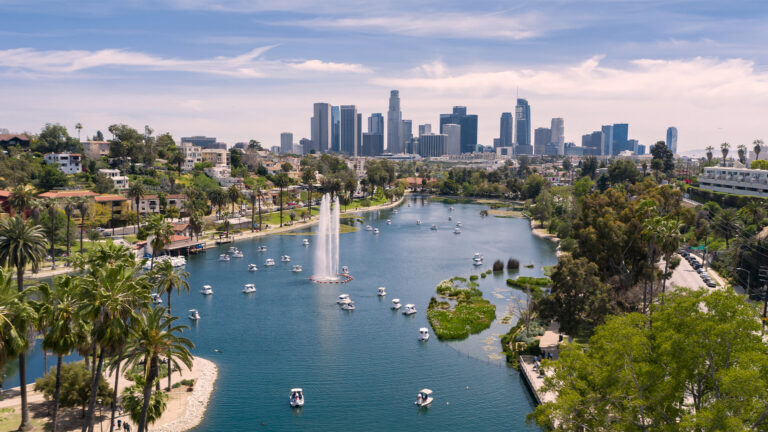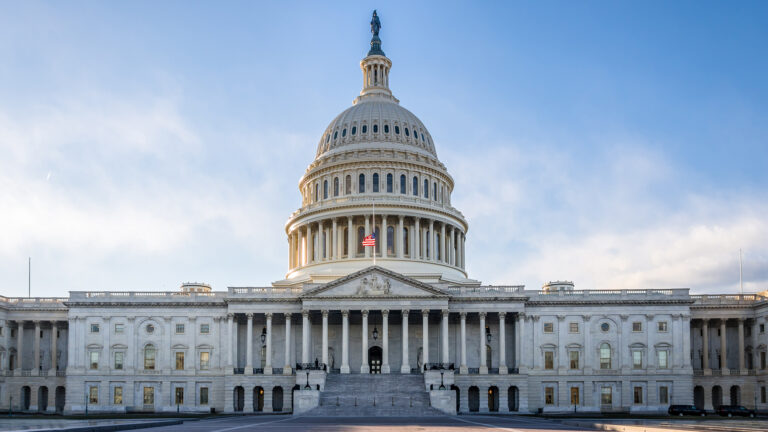China’s recent tightening of rare earth exports has sparked renewed global interest in metals where Beijing holds significant control — most notably nickel. Once seen as a struggling commodity, nickel is now drawing attention from investors eyeing opportunities in Australia’s depressed sector.
Nickel prices have plunged 50% over the past three years, dropping from $30,000 per ton in 2022 to about $15,000 today. The decline stems largely from a flood of low-cost production in Indonesia, much of it under Chinese ownership, which has forced higher-cost producers elsewhere out of business.
One major casualty is BHP’s Nickel West, which has been running at a loss and is now up for sale. Despite the market downturn, recent reports from Australia suggest that private equity firms and smaller local miners are showing keen interest — particularly if BHP decides to sell the assets in parts rather than as a whole.
Meanwhile, Japanese companies are also making strategic moves to secure critical resources outside China’s influence. Sumitomo Metal Mining and Mitsubishi Corporation have jointly acquired a 50% stake in Ardea Resources’ Goongarrie nickel and cobalt project in Western Australia. The project, expected to produce around 30,000 tons of nickel and 2,000 tons of cobalt annually for four decades, is undergoing a definitive feasibility study funded by the Japanese partners. Estimated production costs of $6,000–$10,000 per ton could make it competitive with Indonesian producers.
Once primarily used in stainless steel production, nickel has gained new importance in the electric vehicle supply chain as a key component of rechargeable batteries. That shift, combined with rising geopolitical tension and China’s control of mineral supply chains, has repositioned nickel as a strategic “critical mineral” for the U.S., Canada, and Australia.
According to local media, U.S.-based Denham Capital, Appian Capital, and Resource Capital Funds are among those exploring bids for Nickel West. However, potential buyers will have to contend with rehabilitation costs estimated at nearly $900 million, even as BHP maintains the site in ready-to-operate condition.
While the future of BHP’s nickel assets remains uncertain, one thing is clear — China’s dominance in critical minerals has prompted renewed urgency among global investors to diversify supply chains, and Australia’s once-ailing nickel industry is back on the radar.
Source: Forbes

